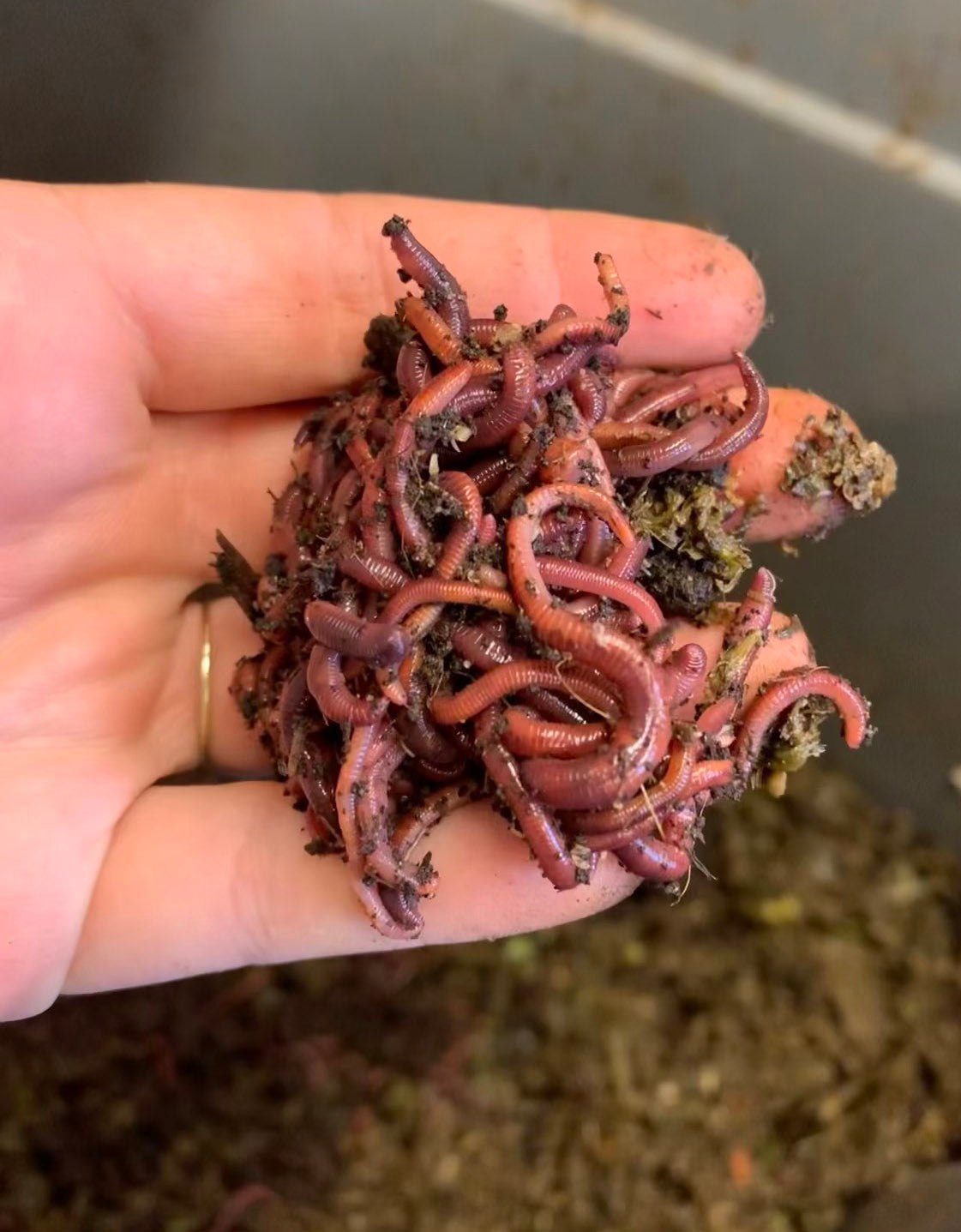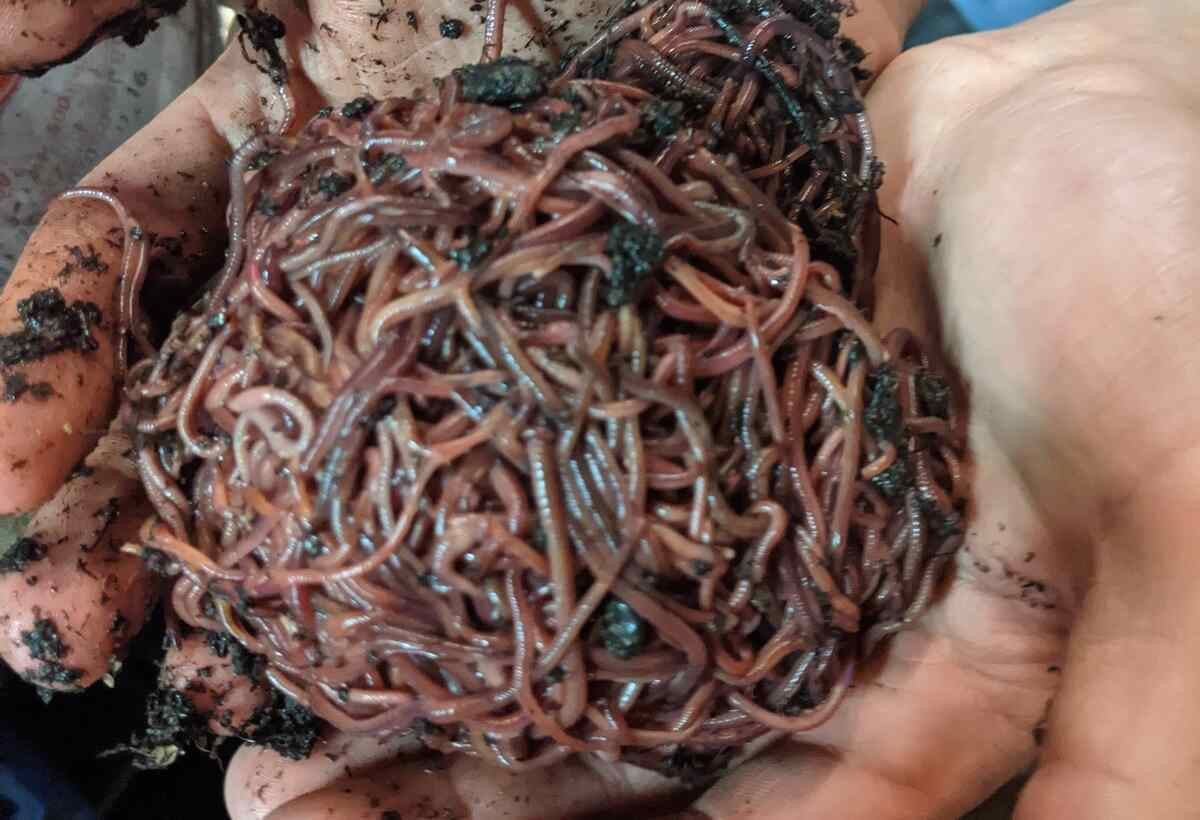Red Wigglers: The Unsung Heroes of Organic Waste Recycling
Red wigglers, or Eisenia fetida, offer as essential agents in the natural waste reusing process, transforming thrown out products right into beneficial vermicompost. As the world progressively seeks remedies to deal with waste build-up and boost agricultural performance, recognizing the function of these worms becomes necessary.
What Are Red Wigglers?
The amazing resilience of red wigglers, clinically recognized as Eisenia fetida, highlights their vital duty in natural waste recycling. These little, reddish-brown earthworms are normally located in breaking down raw material, such as compost heap and manure stacks. Lake Hickory Bait. Unlike other earthworm types, red wigglers flourish in nutrient-rich settings and are highly effective at breaking down organic materials, making them necessary for vermicomposting

(Lake Rhodhiss Bait)Along with their duty in waste decrease, red wigglers contribute to dirt wellness by enhancing soil framework and oygenation with their tunneling tasks (Lake Hickory Bait). Their existence in composting systems not just improves decay prices yet additionally advertises a lasting technique to waste administration, illustrating their significance in ecological conservation initiatives
Benefits of Composting With Worms
Composting with worms, specifically red wigglers, offers countless advantages that enhance both waste monitoring and dirt health and wellness. First, these worms effectively break down organic waste, transforming it right into nutrient-rich vermicompost that enriches soil. This process accelerates decomposition, permitting a faster recycling of cooking area scraps and various other natural products contrasted to traditional composting approaches.
Additionally, the vermicompost created by red wigglers is bristling with valuable bacteria, which assist enhance dirt structure, oygenation, and dampness retention. This improves the overall health of plants, promoting vigorous growth and increased returns in yards and farming setups. Furthermore, using worms in composting reduces the production of greenhouse gases, such as methane, contributing to a more lasting waste administration system.

How to Start Vermicomposting
Developing a vermicomposting system is a straightforward process that can generate considerable benefits for both waste administration and soil enrichment. To begin, pick an ideal container, such as a plastic container or wood box, with sufficient ventilation holes to make sure proper air movement. The measurements ought to preferably be about 2 feet by 3 feet, enabling enough space for the worms to flourish.
Following, prepare bedding product, which can be composed of shredded newspaper, cardboard, or coconut coir. This bedding needs to be dampened to develop an ideal environment for the worms. When the bedding is in area, present red wigglers (Eisenia fetida) right into the container, typically around one pound of worms for every square foot of area.
Following the placement of worms, add natural waste, such as fruit and veggie scraps, coffee premises, and crushed eggshells. With these actions, you will properly launch a vermicomposting system that contributes to sustainable waste management and enriches your soil.
Preserving a Healthy And Balanced Worm Bin
(Red Wiggler Express)Maintaining a worm bin prospering calls for normal focus and like guarantee the health of the red wigglers and the effectiveness of the composting process. Proper upkeep begins with monitoring the dampness degrees; the container should perspire but not soaked. A good guideline is to maintain a consistency comparable to a wrung-out sponge.
Delicately blending the bed linens and food scraps every couple of weeks protects against compaction and makes certain that all worms have accessibility to oxygen. Additionally, it is crucial to feed the worms appropriately.
Temperature level law is an additional crucial element. Red wigglers grow in a series of 55 to 77 degrees Fahrenheit. If the bin ends up being also hot or chilly, the worms may come to be worried - Lake Hickory Bait. Finally, occasionally look for indications of health, such as worm population development and the visibility of healthy spreadings. By vigilantly managing these aspects, one can keep a durable and efficient worm bin.
Influence On Lasting Living
The successful maintenance of a worm bin not only profits the wellness of red wigglers however also adds dramatically to lasting living practices. By reusing organic waste, such as cooking area scraps and lawn particles, red wigglers assist divert significant amounts of product from garbage dumps. This decrease in waste not just decreases greenhouse gas discharges but additionally minimizes the environmental problem related to waste administration.
Additionally, the spreadings produced by red wigglers act as a nutrient-rich natural fertilizer, boosting dirt health and advertising plant growth. This natural alternative to chemical fertilizers supports sustainable agriculture and gardening methods, lowering reliance on artificial inputs that can harm ecosystems. Furthermore, worm composting promotes understanding of waste management, motivating individuals and communities to adopt even more lasting behaviors.

Final Thought
In recap, red wigglers serve as crucial factors to natural waste recycling through their reliable disintegration of natural materials. Their capacity to generate nutrient-rich vermicompost improves soil health and wellness and supports lasting agricultural practices. By integrating vermicomposting into waste management methods, people and neighborhoods can dramatically reduce waste while promoting ecological sustainability. The role of Eisenia fetida in fostering healthy and balanced environments underscores the significance of these microorganisms in attaining lasting living and improving dirt fertility.